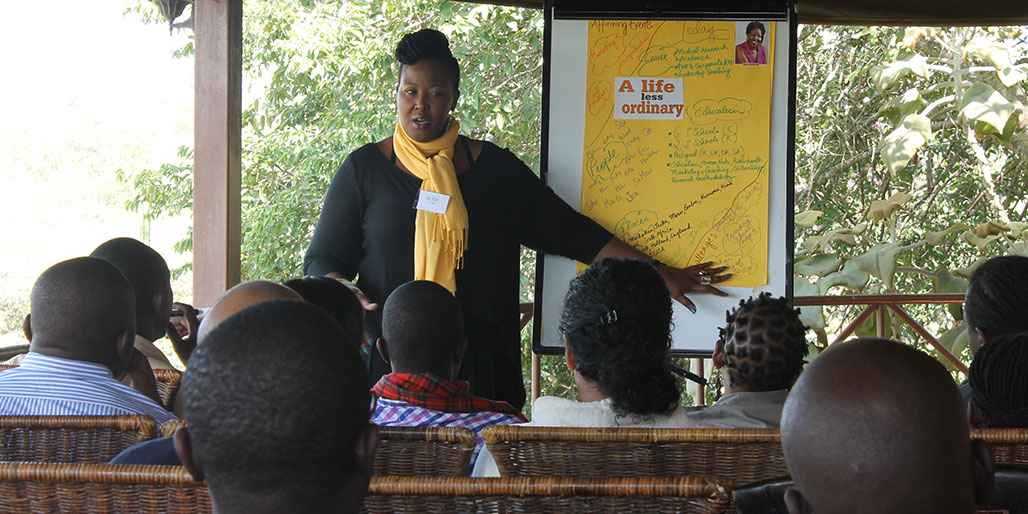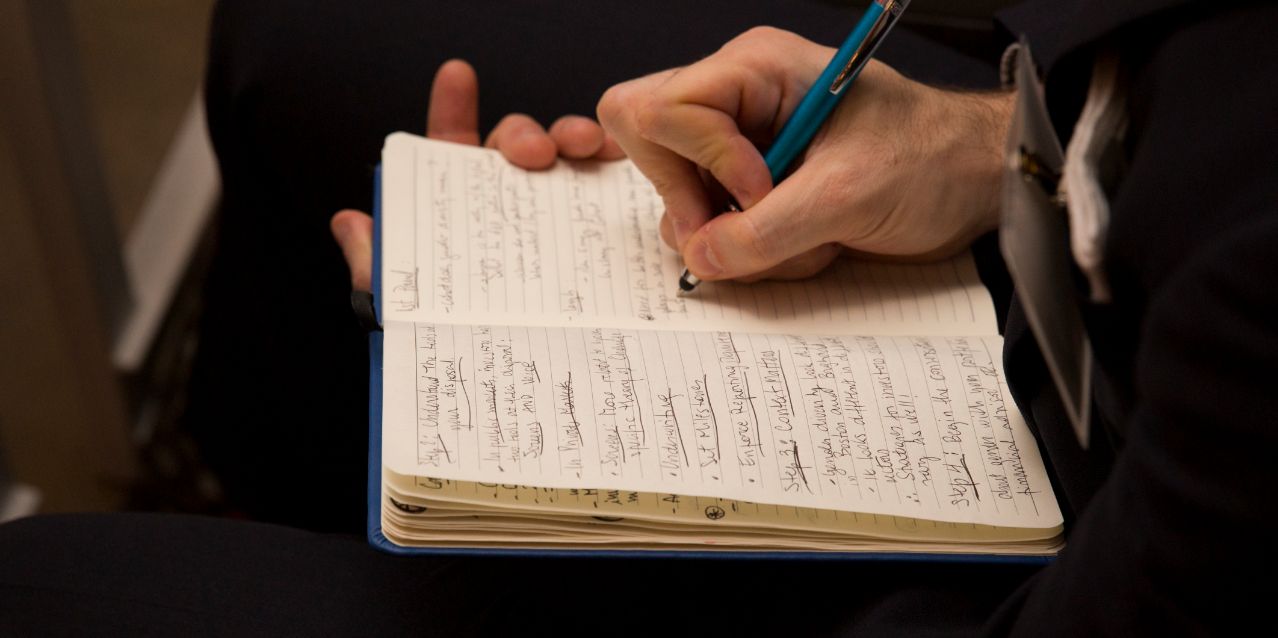Explore Guide Section
1.The Art of Storytelling
2.Understand the Power of Your Voice
3.Case Study - Kashmir Unheard
4.Get Real
5.Case Study - Failure Files
6.Set Your Intention
7.Find Your Big Idea
8.Find Your Throughline
9.Resonate With Your Audience
10.Case Study - Acumen Academy Bangladesh
11.Structure Your Story to Spread
12.Take the Stage
Leadership
Learn the art of storytelling to tell stories that matter
Get clear on the story you want to tell, why you want to tell it, and how to tell it in a way that inspires and activates change.
44 minutes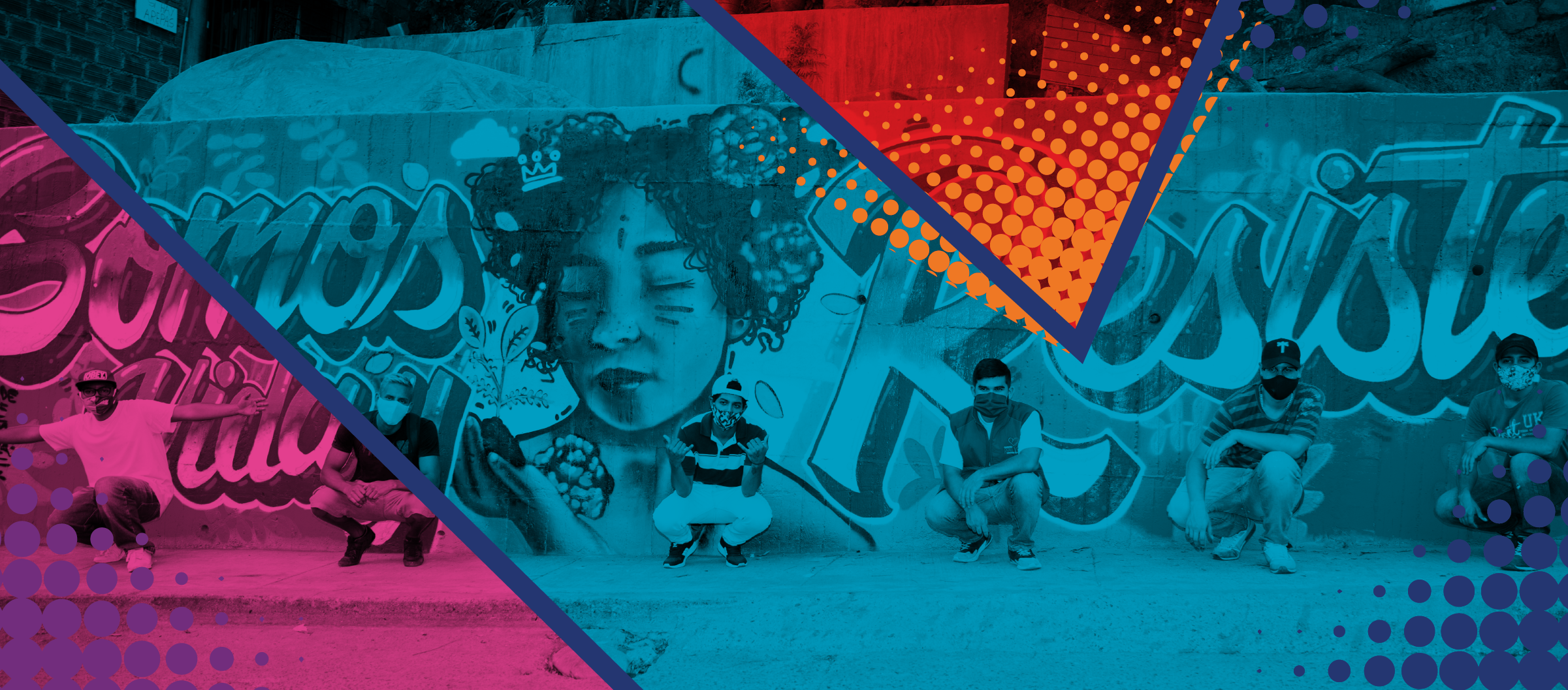
Can the stories we tell––what we say and how––really change the world?
The art of storytelling
Humans have told stories since the beginning of time––so much so that scientists found our brains are hardwired for teaching, learning, and remembering through story.
Scientifically, the reason well-told stories are so impactful is that the act of listening lights up the same parts of the brain that would activate if living the story in real time. Stories are also an unmatched learning tool, providing a training ground for the listener to imagine facing an obstacle, safely explore a variety of actions and outcomes, and learn from the mistakes and triumphs of others.
Although compelling storytellers tap into our human wiring to pass along a key idea or message––science is only one part of the equation.
Creativity is the other, and it comes from the storyteller themselves… What is their unique perspective on the situation? What do they consider noteworthy? What is the lesson they want to pass along? Just think of how different two history books would be––one written by people who came to settle a new land and the other written by the Indigenous people who were there first.
To tell stories that matter, you need to bring your unique personal perspective. This guide is a starting point to learn the art of storytelling by:
- Finding clarity on the story you want to share
- Tapping into your motivation of why you need to tell it, and
- Learning how to best shape it to inspire and activate change.
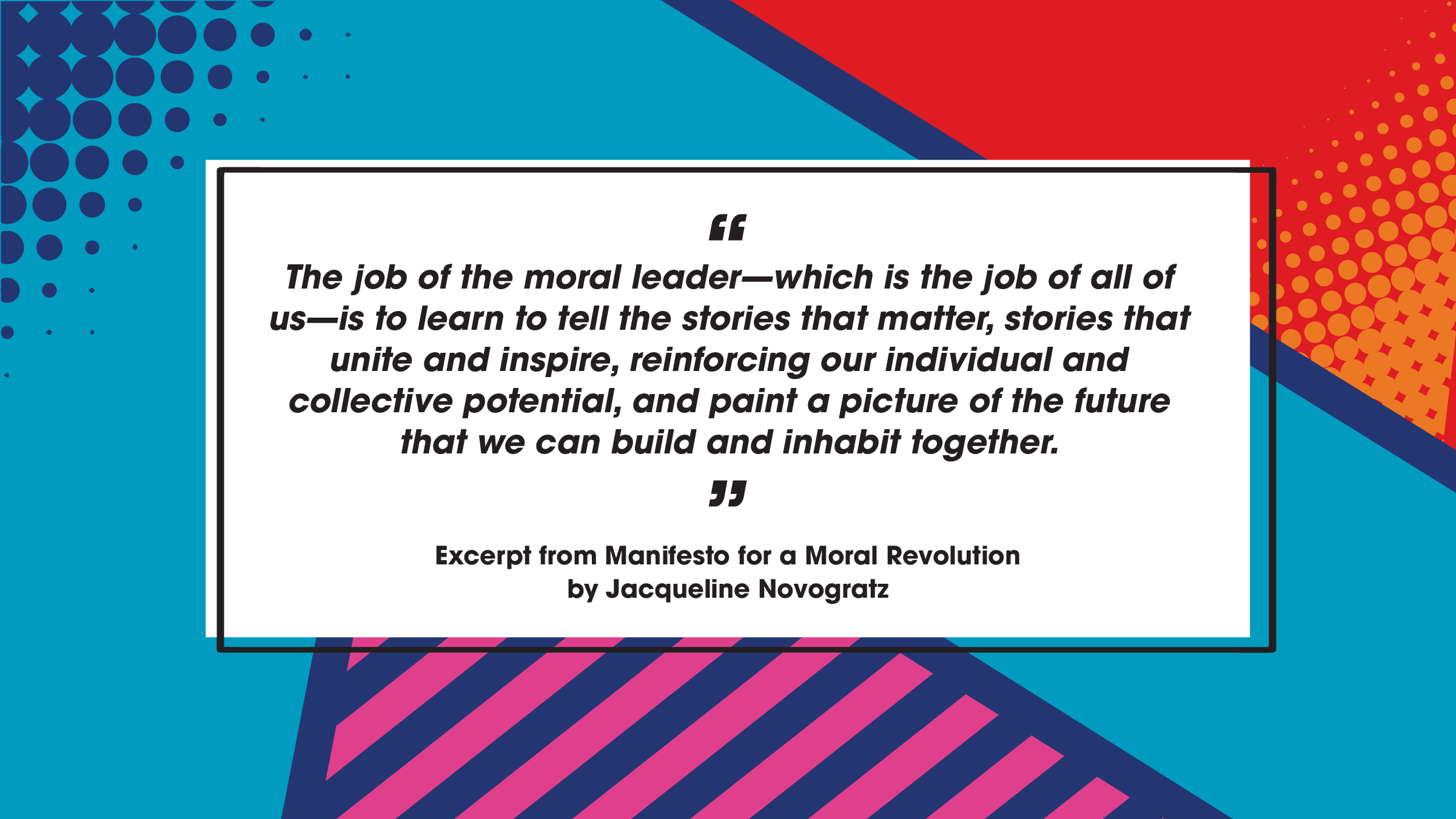
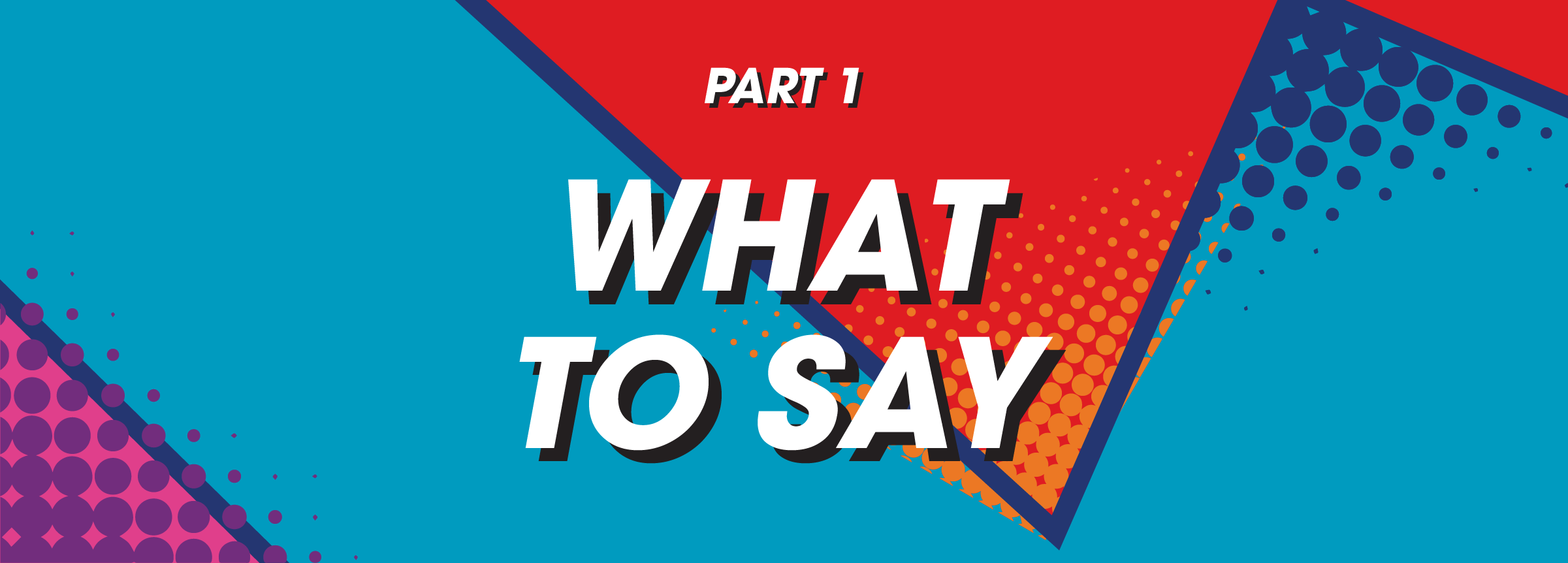
Understand the power of your voice
Every voice matters. Especially when navigating complex issues like poverty and climate change, diversity of perspective ensures that every person’s experience is taken into account when designing solutions for the future.
The power of a story also lies in creating a shared point of connection––something concrete for all involved to share, react to, and build from. Think of the last time you donated time or money to a cause you care about. Was someone’s story at the heart of your motivation to take action?
More often than not, the answer is yes.
When you are thoughtful about the story you want to tell and why, you have the ability to:
- (Re)focus others’ perspective or understanding with the stories you tell.
- Use your lived experience as inspiration for the unique contribution that you want to make in the world.
- Be part of shaping social movements.

Close
(Re)Focus perspective with your stories
Stories matter, for they have consequences. The stories we choose to tell often define who we become. Stories matter, for they have consequences.
Jacqueline Novogratz
Founder and CEO of Acumen

Close
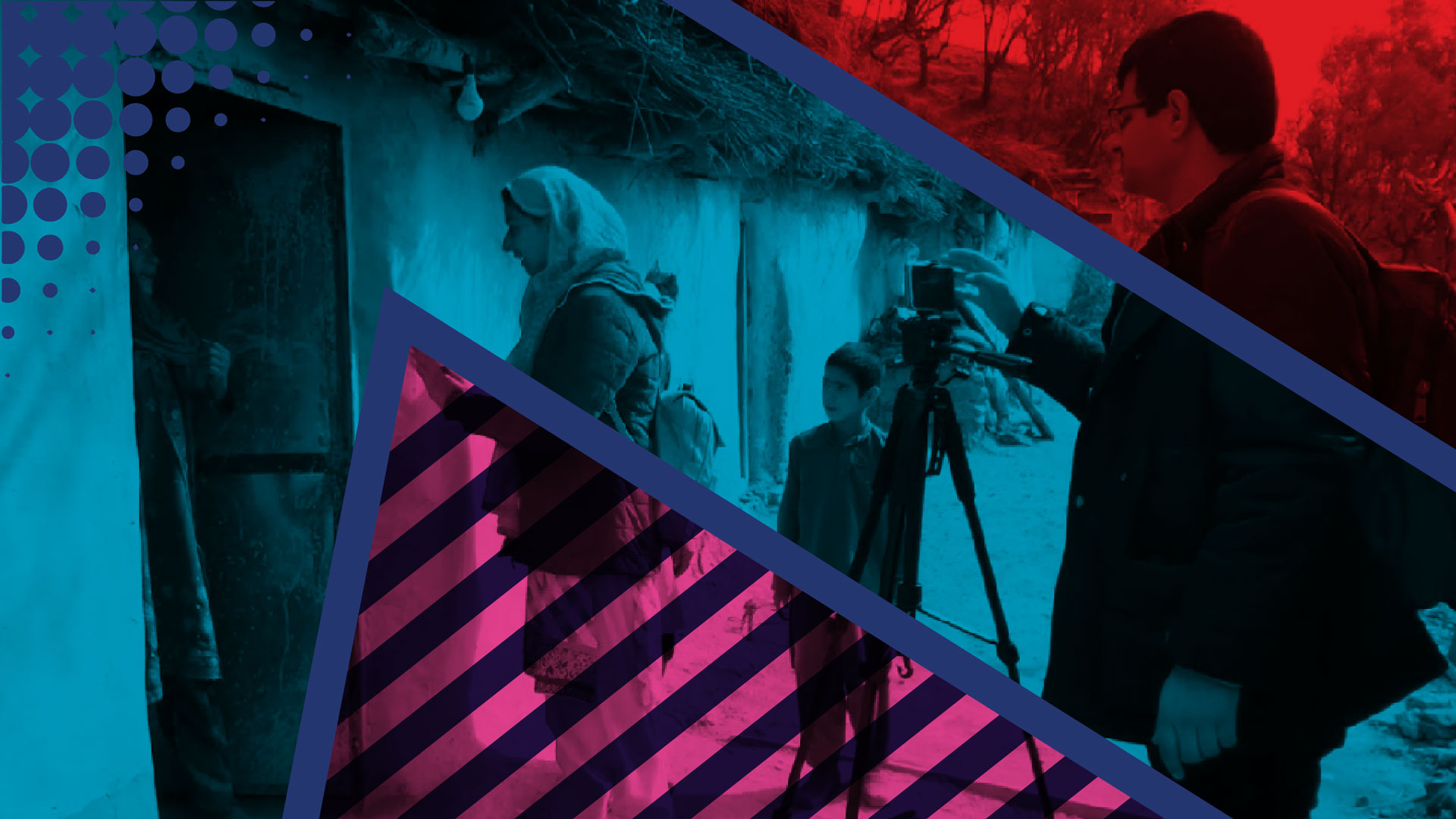
Let your story guide your purpose
- Give others insight into who she is and why she does this work
- Give hope to others who can relate to her experience
- Create connection with formerly incarcerated women and empathetic allies
Learn more about Teresa and Clean Start:

Close
Shape movements with your story
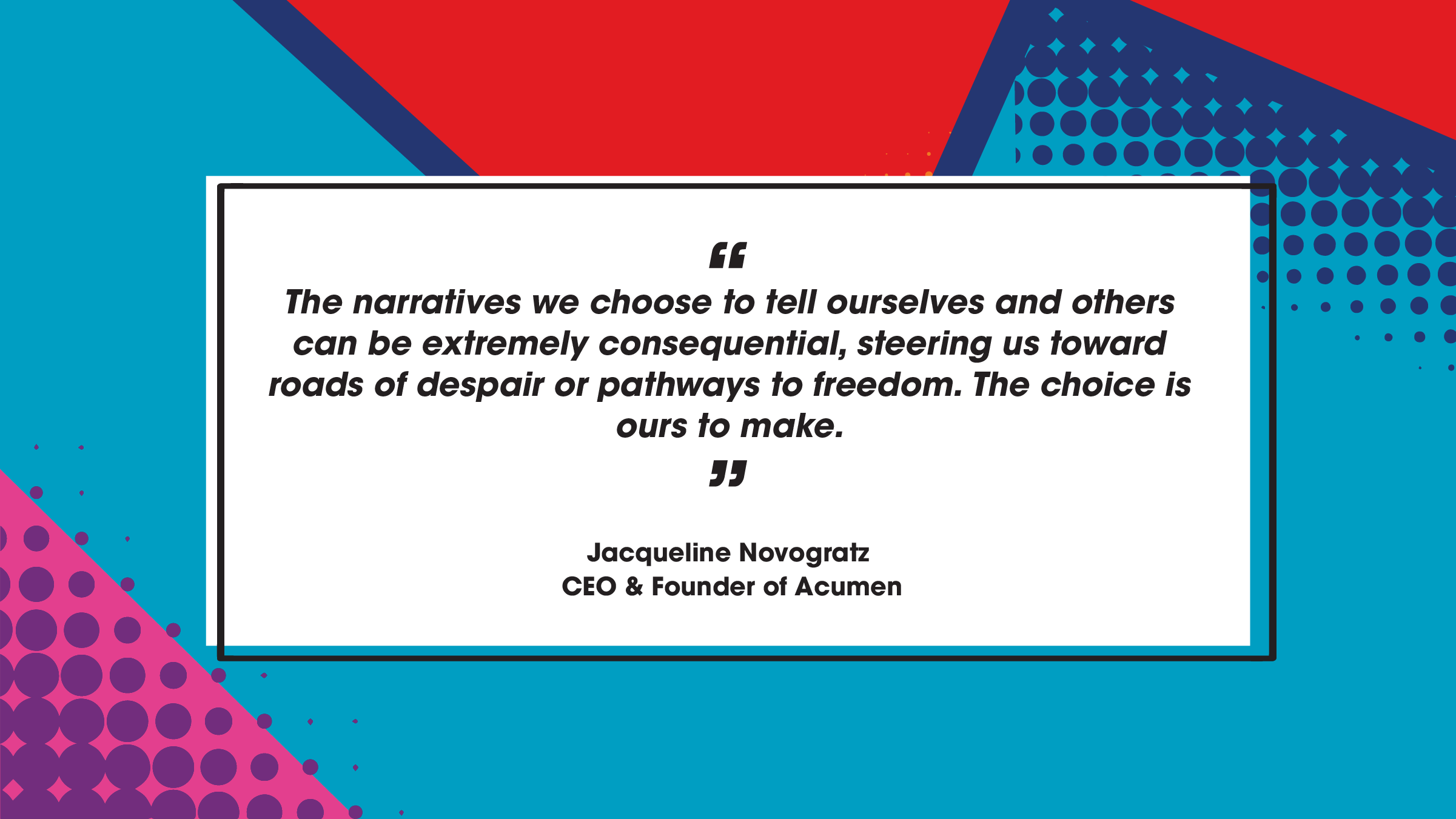

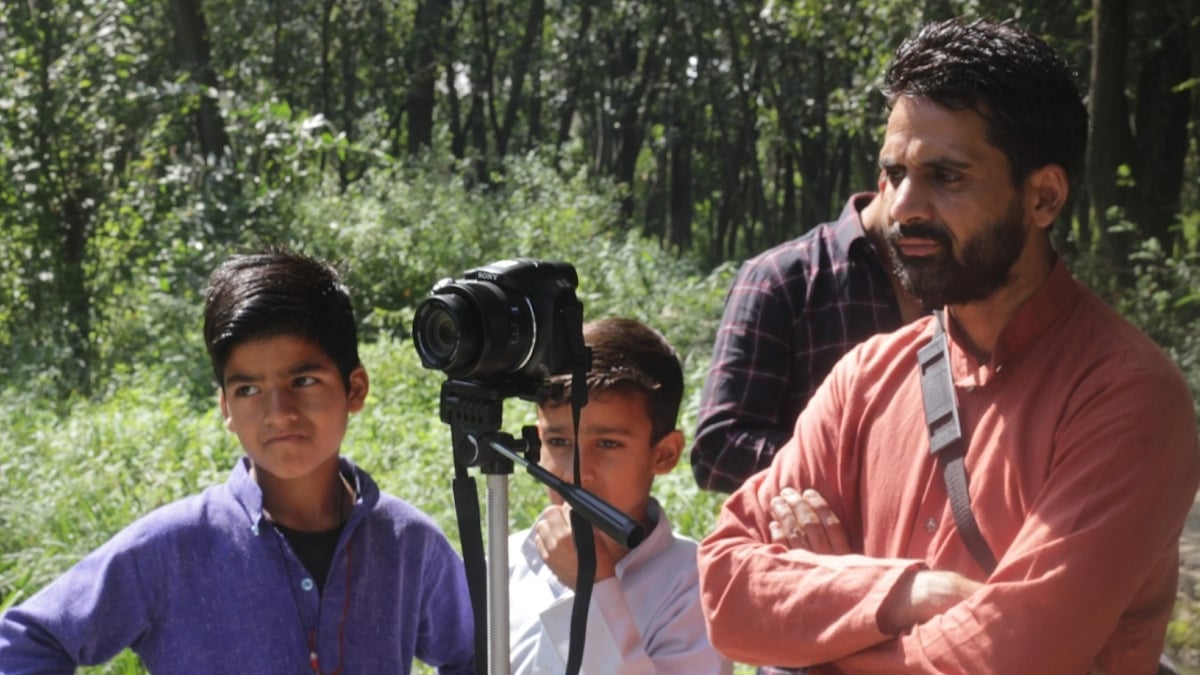
SPARKING CHANGE THROUGH COLLABORATIVE STORYTELLING
If you want to create lasting change, you cannot rely on the story alone. Sajad Rasool understands that the power of change comes not from the media alone, but from a fusion of elements: the story, the storyteller, the delivery, and the collaborators.
Sajad, an Acumen India Fellow, co-founded Kashmir Unheard in 2014 with the support of Video Volunteers, India, as a platform to empower people to tell their own stories. Through his program, local activists train to become ‘Community Correspondents.’ They learn to use easily-accessible smartphones and tablets to uncover, film, and produce human-centered stories in ‘media dark’ areas where there is less media coverage.
The purpose of Kashmir Unheard isn’t to retell the same politically-charged stories that are already covered in the news. Instead, Community Correspondents focus on the stories taking place behind-the-scenes–– for example, telling stories about the people who no longer have access to safe drinking water, who have lost their homes to violence, and whose communities are affected by faulty infrastructure.
By training and empowering local activists to be the storytellers, Kashmir Unheard is returning people’s agency and representation to tell the news as they live it everyday.
“It's not only about the political story. At the end of the day, it's about the people's story. It's about the story of their day-to-day lives. It's the news they are living constantly every day.”
Unlike a written column in a newspaper, these visual stories make it easier for viewers to connect, relate, and empathize with experiences that are different from theirs. “When we talk about social change and storytelling, they go hand in hand. We need to connect. We need to bridge the communities with each other. It's the only way that can really make us understand what other communities look like,” Sajad explained. “This visual format is breaking that border. It's making it possible for the people to understand what people look like and what they go through every day.”
Besides unearthing untold stories, Sajad also takes initiative to increase storyteller diversity. He explained that there’s a lot of diversity within Kashmir, including multiple ethnic groups and about 40 spoken languages. Building a diverse workforce of storytellers is important to Sajad, who leads a polyglot team of roughly 50% women.
“The real narratives can only come out when you have diversity. They can only come out when you have these kind of spaces … which speak to everyone, irrespective of their gender and ethnic belonging or their religion or the plight they come from.”
To create change beyond broadcasting the visual story, Community Correspondents meet with local officials to screen videos and hold the administration accountable. Bringing civilian issues to local officials is no easy feat, especially when “everything is seen through the prism of the conflict,” explained Sajad. But the effort is worth it. Thanks to their unique collaborative approach between the community, Community Correspondents, and the administration, Kashmir Unheard has seen more than 100 cases resolved, including shutting down a firing range in the Himalayan meadow and stopping illegal riverbed mining in Ranbiara.
“It's not just about telling the story. It's also about mobilizing the authorities.”
With their successful model, Kashmir Unheard has collaborated with local NGOs to provide tools, training, and support so that more local leaders are equipped with the skills to document and tell stories that ignite change.
Get real
As tempting as it is to keep up a polished facade when presenting yourself and your personal stories to the world, walls of perfection act as a barrier that keeps true connection at bay. The counterintuitive truth is that being vulnerable doesn’t discount your credibility––it builds more trust with those who are listening.
As much as putting on a veneer feels safe, trust is built in the moments when people reveal their real life human experience that we all share––mistakes, failures and behind-the-scenes confessions.
A person who displays vulnerability is a person who others can relate to.
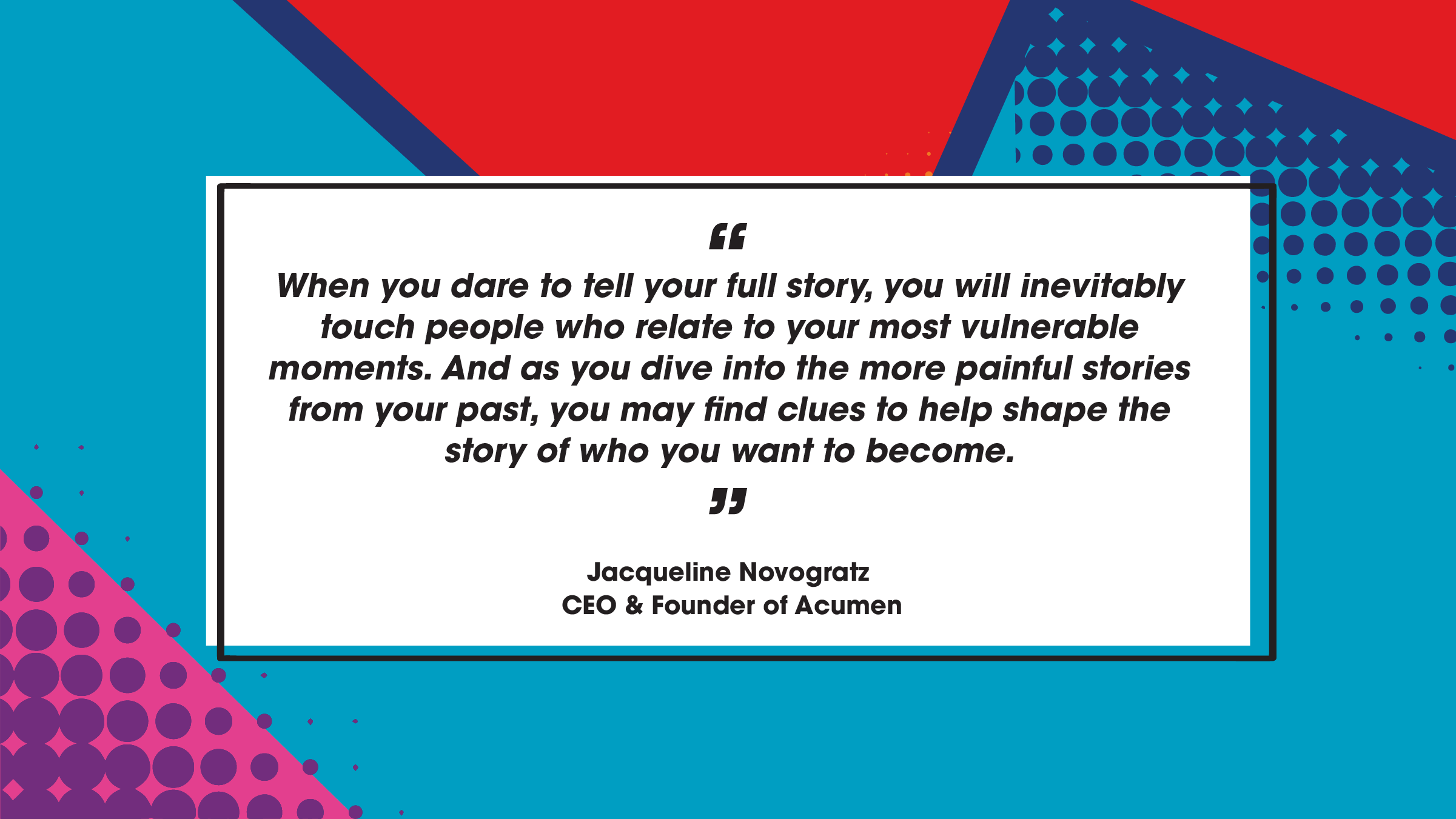
- Clearly identify the failure: What went wrong? What was/is the cost?
- Why do you think something went wrong? What was your role in it?
- How did this failure impact you, your organization, your team, your donors, or relationships more generally?
- Pinpoint the lessons or insights: What did you learn? How has it informed your organization’s strategy or approach? What would you do differently next time?
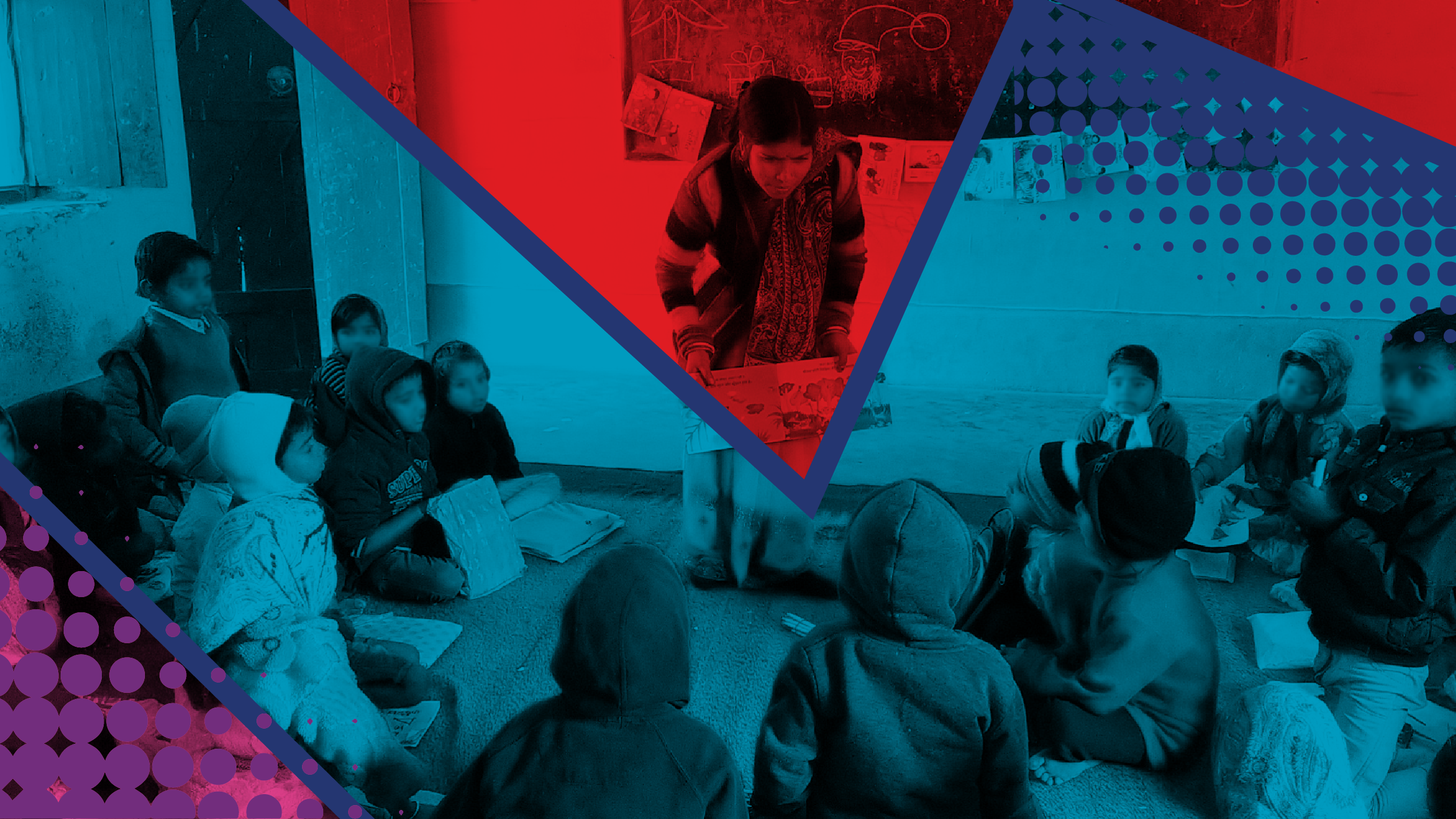
HOW DISCUSSING FAILURES CAN PREPARE YOU FOR THE JOURNEY AHEAD
As a social innovator, the prospect of failure can be a vulnerable learning experience.
Shravan Kumar and Disha Mullick are two Acumen India Fellows who bravely shared their stories with India Development Review as part of their Failure Files, a series which chronicles lessons learned while building and growing organizations.
Shravan is the co-founder of i-Saksham Education And Learning Foundation, an EdTech nonprofit dedicated to improving access to quality education in remote and conflict-affected regions in Bihar, India. Hoping to improve education independently from teachers' efforts, his team introduced more technology, such as smart tablets, to the classroom. However, “once the initial euphoria and the real work set in, we started to realize that our intervention had several loopholes.”
His team soon learned that for a child to value information and absorb it as knowledge, it must be processed through reasoning, dialogue, questioning, and sharing. A teacher, not technology, can best facilitate this process. The team reevaluated their intervention and as a result, implemented what they now see as “the five fundamental pillars of designing an EdTech intervention,” which guides their decision processes today.
As a result of sharing their failures with other entrepreneurs, Shravan and his team, “found that when we share the failure stories, we strengthen the social innovation ecosystem by building a common hub.” He explains, “many organizations connected with us” and “helped us become better prepared for the journey ahead.”
Similarly, Disha implemented team processes to overcome her own failures amid challenging times for her organization. Khabar Lahariya is a feminist media enterprise and India’s only all-women rural news channel. The organization is run by a diverse group of women from different classes, castes, geographies, and ages. Disha and her team train and mentor disadvantaged women from remote villages of north India to be professional journalists and produce local news in their languages and from their unique perspectives.
After 17 years as a nonprofit, Disha led the difficult decision to shift the organization to a for-profit model to ensure sustainability. Soon after, the leadership team fell apart. One of Disha’s longtime colleagues resigned, and the organization went through a deep restructuring.
Disha struggled to find balance leading through the change. On the one hand, there were the needs of rural team members, “who came from less privileged backgrounds,” for whom the organization was originally built for. And then there were the needs of newer team members who were still not fully in-tune with the organization’s unique foundations, principles, and values.
“The work of social transformation is slow and incredibly hard. We work to shift or change structures of power that are age old, and that have great tenacity or ability to evolve over time. In this context, if we do not frequently reflect on how we fail to succeed, how unequal structures persist, then we are unlikely to have the impact that we could.”
Following the restructuring, power dynamics were causing strain across the team and needed to be addressed. To prevent contributing to inequalities, the team decided to acknowledge its shortcomings and put in place a series of workshops, “Kya Khyal Hai? (What do you think?)” This allowed them to better understand each team members’ role across both the rural and urban teams.
According to Disha, “only focusing on how we succeed also puts a lot of pressure on the team, and limits how adaptive they can be to challenges…If impact has to be substantive, by which I mean actually shifting inequality, then reflection and humility about how we participate in the replication of unfair flows of resources and power should be a part of our work.”
By sharing their stories in Failure Files, Disha and Shravan reveal moments of failure and vulnerability that resonate with other social innovators facing challenging times. Their stories remind us that we all make mistakes in our journey to creating change. According to Shravan, how we communicate those moments with our teams, communities, and partners can help us all “to prepare better for the journey ahead.”
Want to share your failure story with India Development Review? Learn how here.
Set your intention
What is the specific change you wish to make with each story you tell? Stores that matter have clear intentions. Stories end up mattering when designed from the get-go to achieve a concrete outcome or transformation in the mind of the listener.
When thinking about what story to share, define your goals by asking yourself these questions:
-
Your personal goal: Why am I sharing this story?
-
Your audience goal: Who needs to hear this story and how will they benefit from hearing it?
-
Your delivery goal: What emotion can I bring to make sure the message sticks?
Let’s look at each type of goal in more detail.
Personal goal
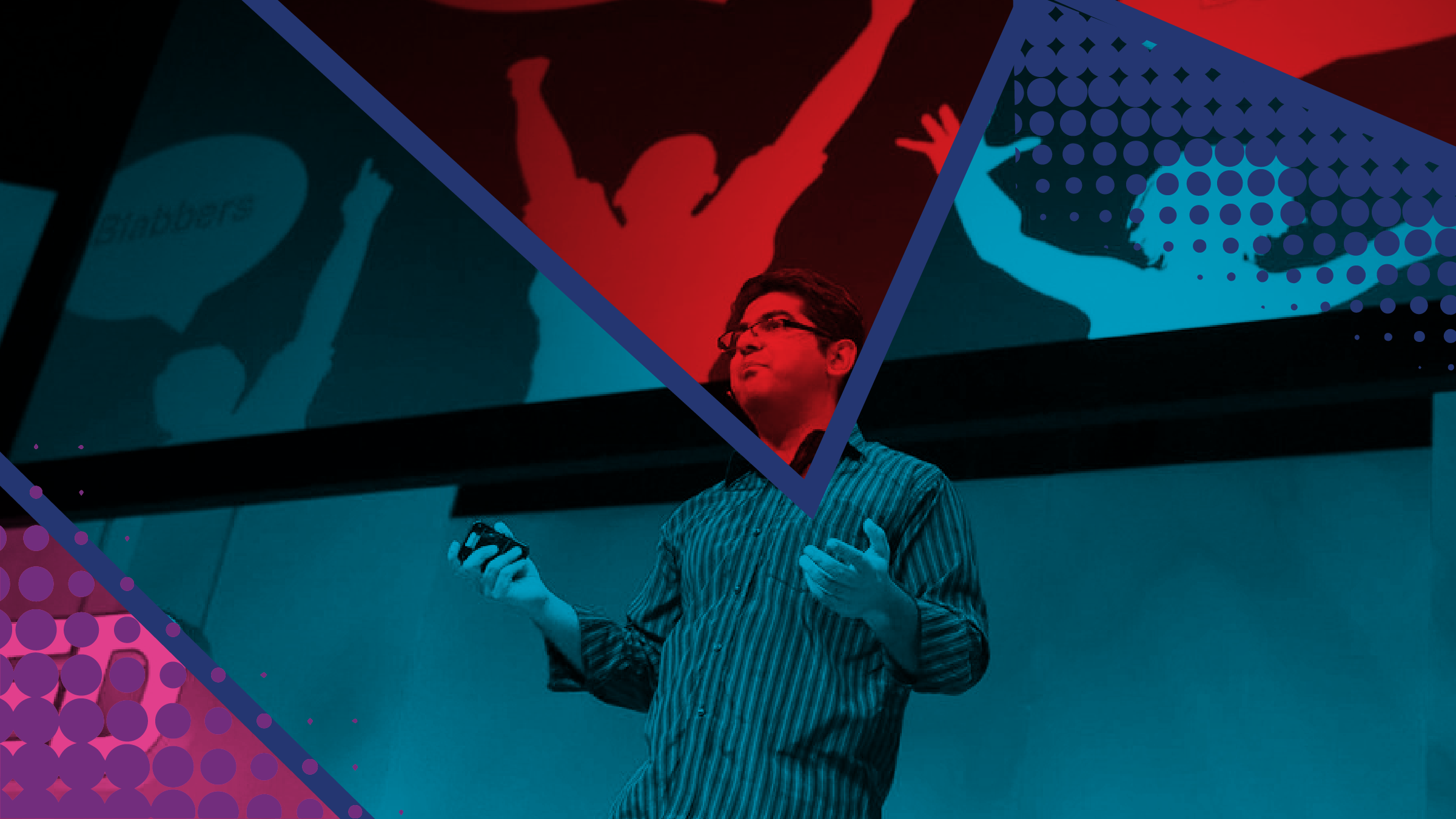
Audience goal
- What do you want them to do, think, or feel?
- How do you hope their perspective or understanding will evolve?
- What is the benefit they will gain if they put your advice or lesson into practice?
- Why is listening worth their time?
Delivery goal
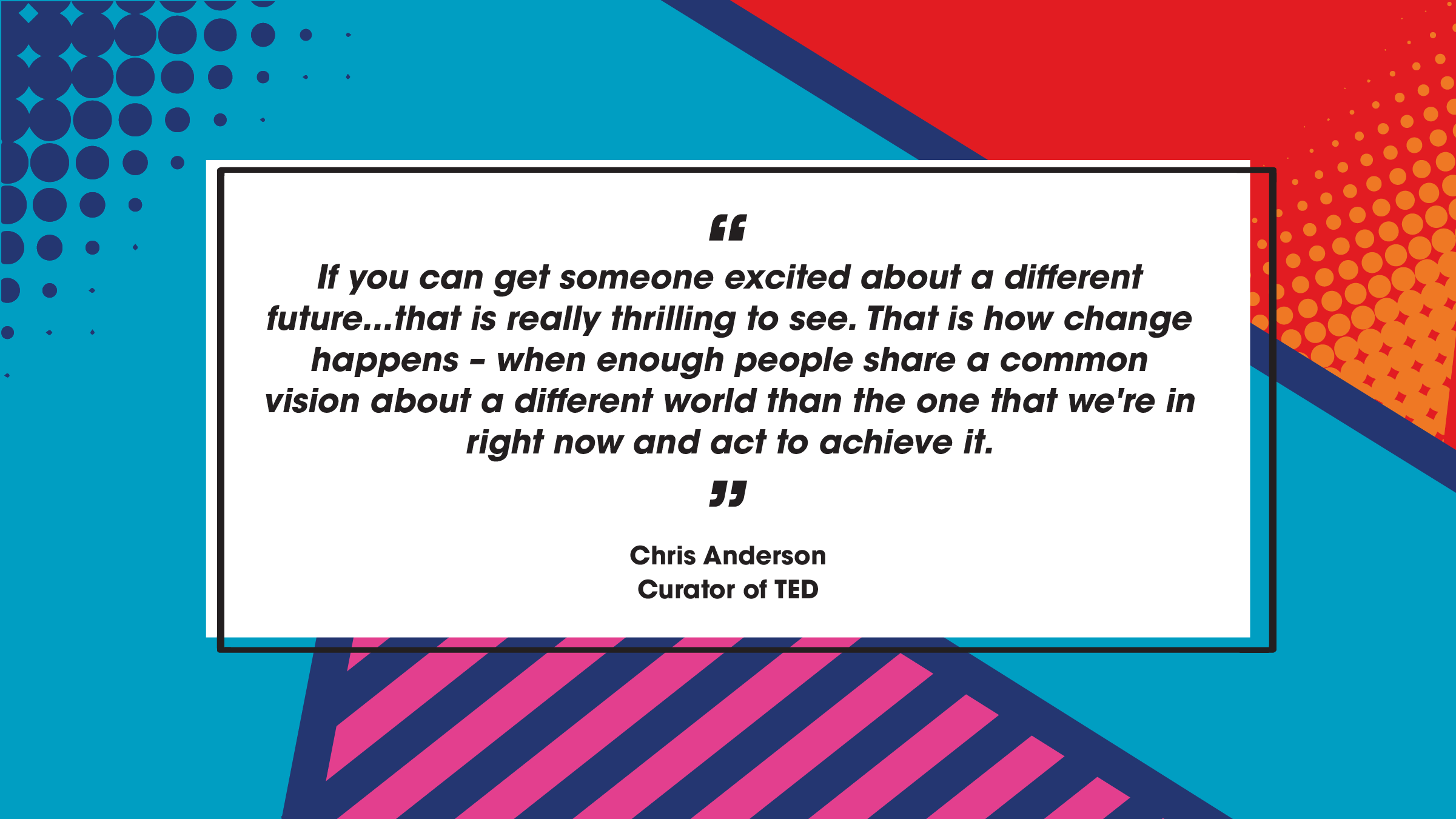
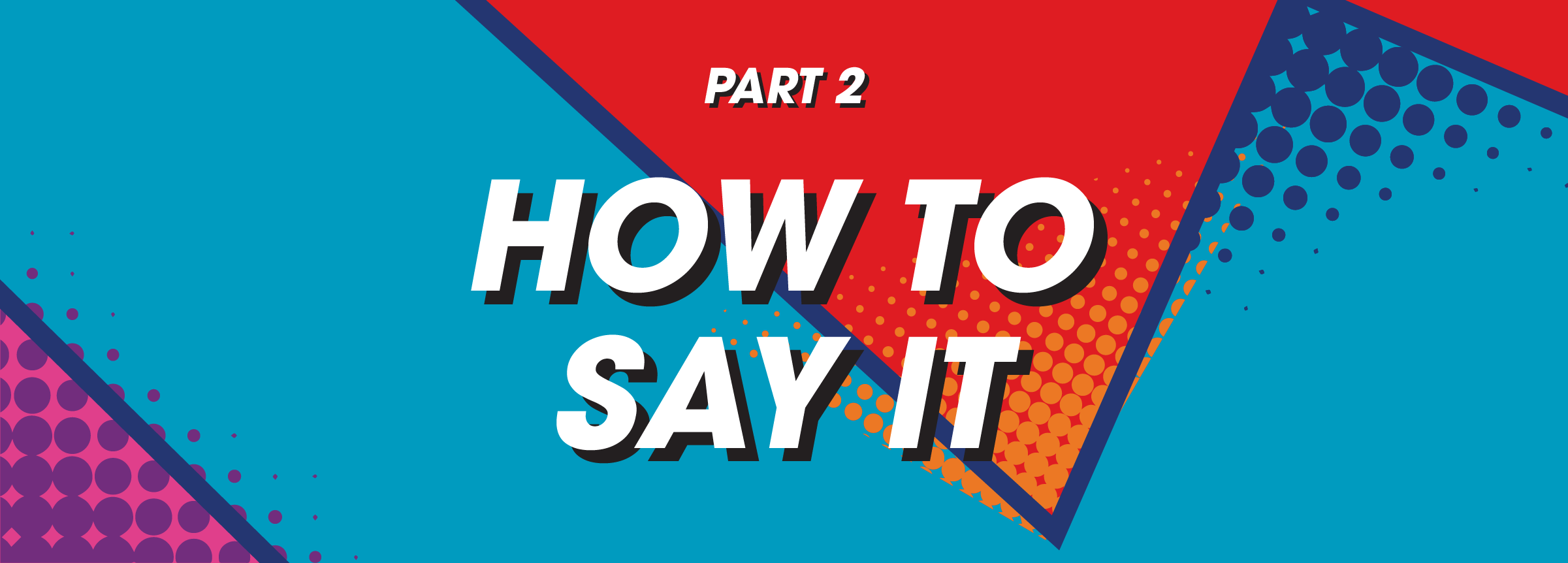
Find your big idea
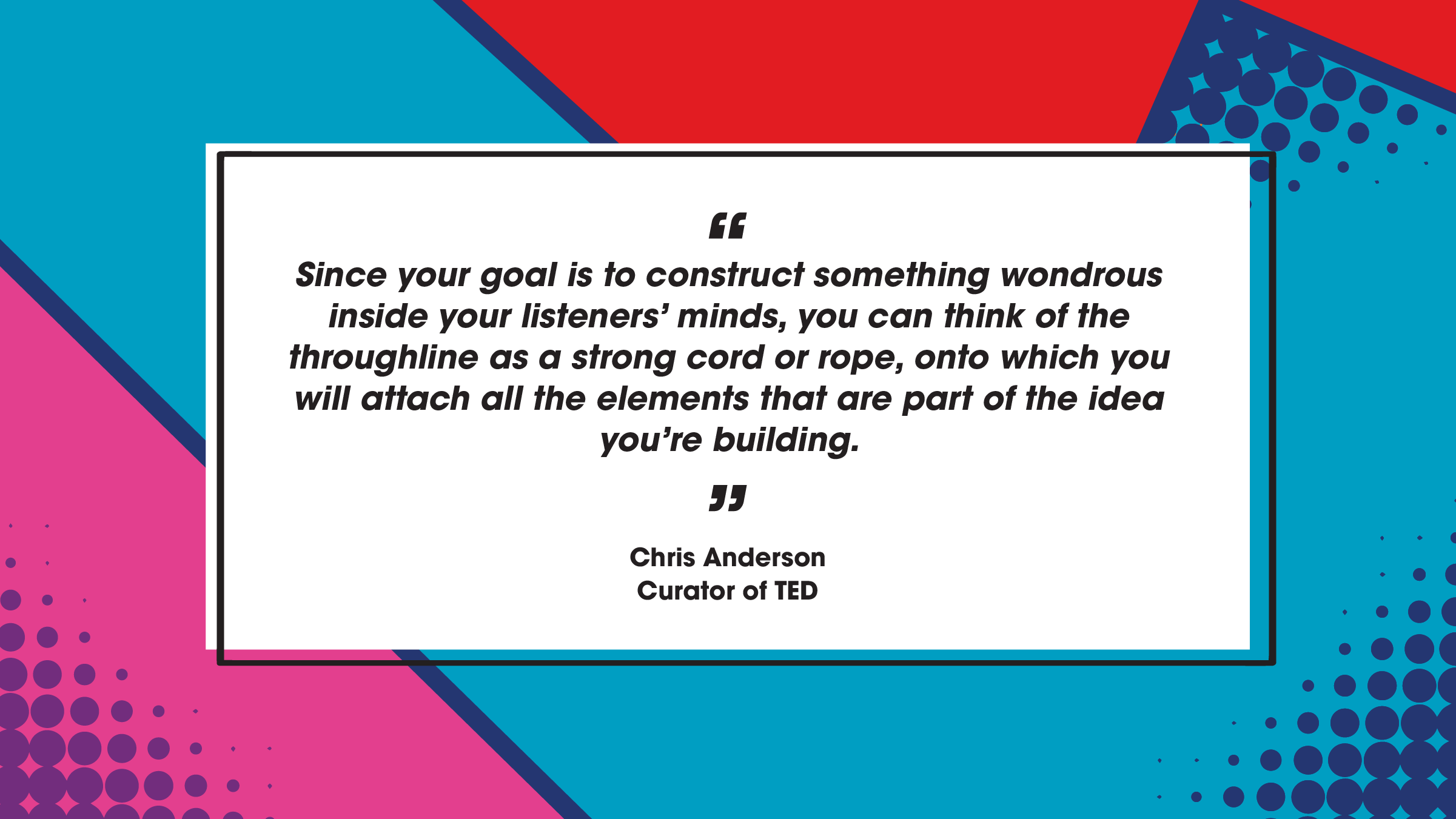
Find your throughline
Chris Anderson, curator of TED, suggests you start charting your course by summarizing the theme of your talk in 1-2 sentences. This is the central throughline to which everything you say needs to connect. If you have an element you are tempted to include, but it doesn’t connect to your short throughline statement, then it needs to be cut.
Then use your throughline to build your outline; start with the main idea, and add other elements as sub-ideas with a brief explanation of how each connects to the main idea. Finally, think about how to arrange everything in logical order to lead your audience through the journey. It might take a few attempts, but that’s okay. This framework will help you to deliver a coherent and impactful message.
- Is this a topic I’m passionate about?
- Does it inspire curiosity?
- Will it make a difference to the audience [or listener/reader] to have this knowledge?
- Is my talk [or story] a gift or an ask?
- Is the information fresh, or is it already out there?
- Do I know enough about this to make a talk worth the audience’s time?
- What are the fifteen words that encapsulate my talk?
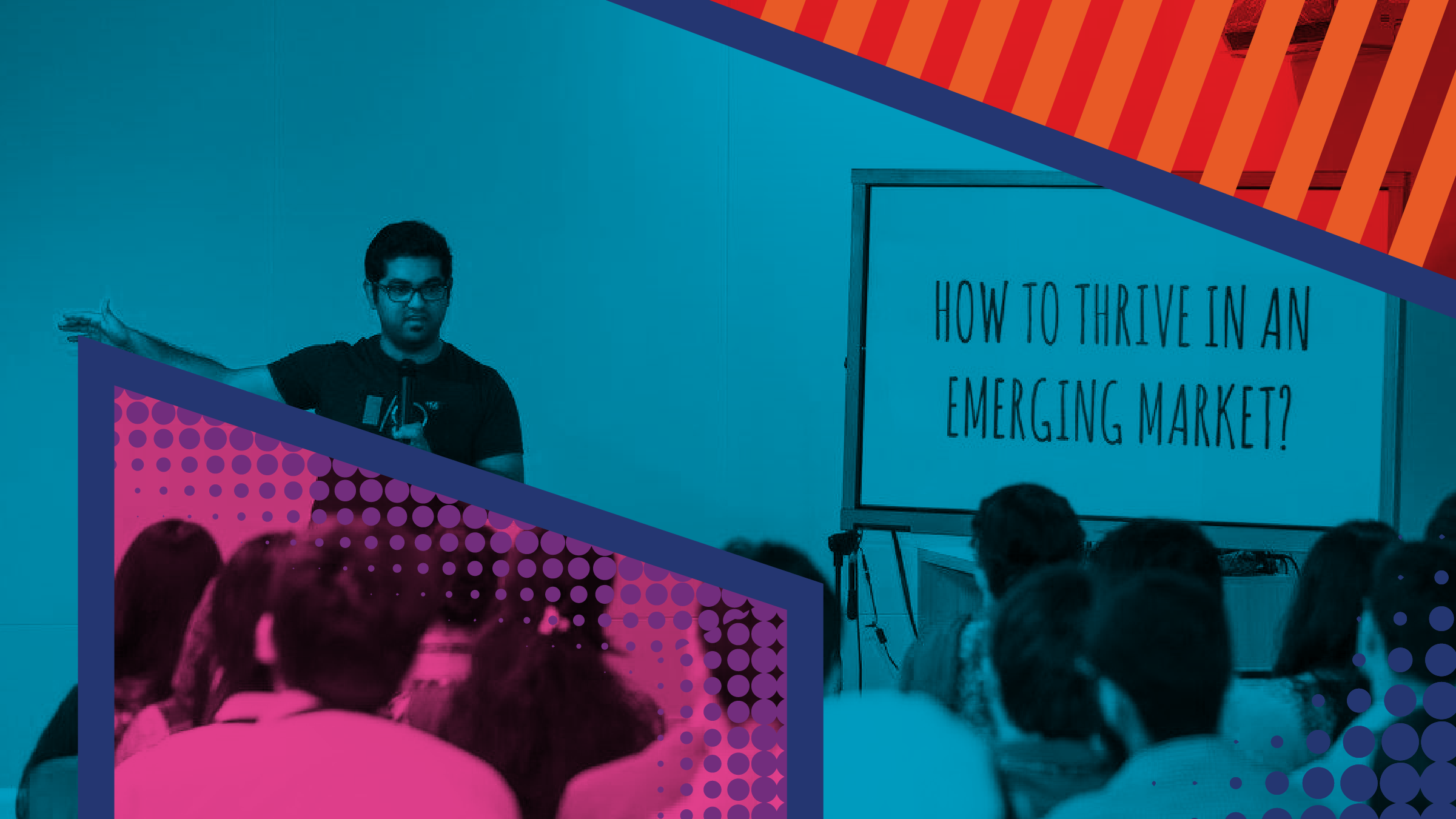
Advice from Acumen’s TED speakers

Close
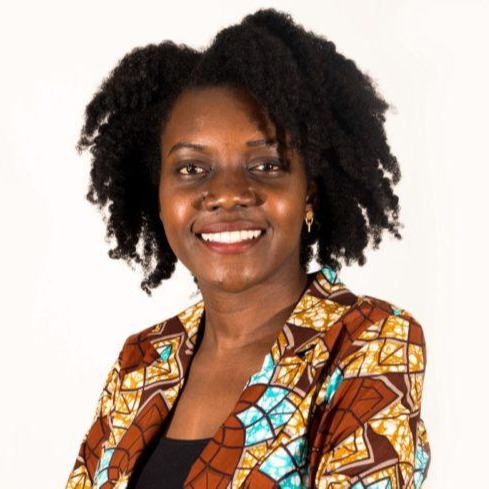
East Africa Fellow
Doreen Kessy
Doreen is Chief Operations Officer at Ubongo Learning, a social enterprise that creates edutainment content for primary school aged learners in Africa. Based in Tanzania, she leads the distribution of Ubongo’s content and finds innovative ways to continually deliver fun learning to more than 6.4 million families in East Africa. As an education ...

East Africa Fellow
Noeline Kirabo
Noeline is a family therapist by training and a social entrepreneur by design. She is the Founder and Executive Director of Kyusa, a nonprofit that addresses youth unemployment in Uganda’s slums by empowering school dropouts to turn their passions into sustainable careers. Noeline is also the Director of the New Generation Mentoring Program, an intensive...

Pakistan Fellow
Saad Hamid
Saad Hamid is a technology entrepreneur and digital ecosystem builder. He is currently serving as CEO of SkillsFirst through which he aims to empower 10 million young people in Pakistan through digital skills. Saad with TED, WEF, IDEO, UNICEF, UNDP, Upwork, World Bank, UKAid, Telenor and Mobilink on various projects and initiatives related to community...
The social dilemma film example: Understand the context of your idea

Close
Resonate with your audience
Tools for understanding your audience
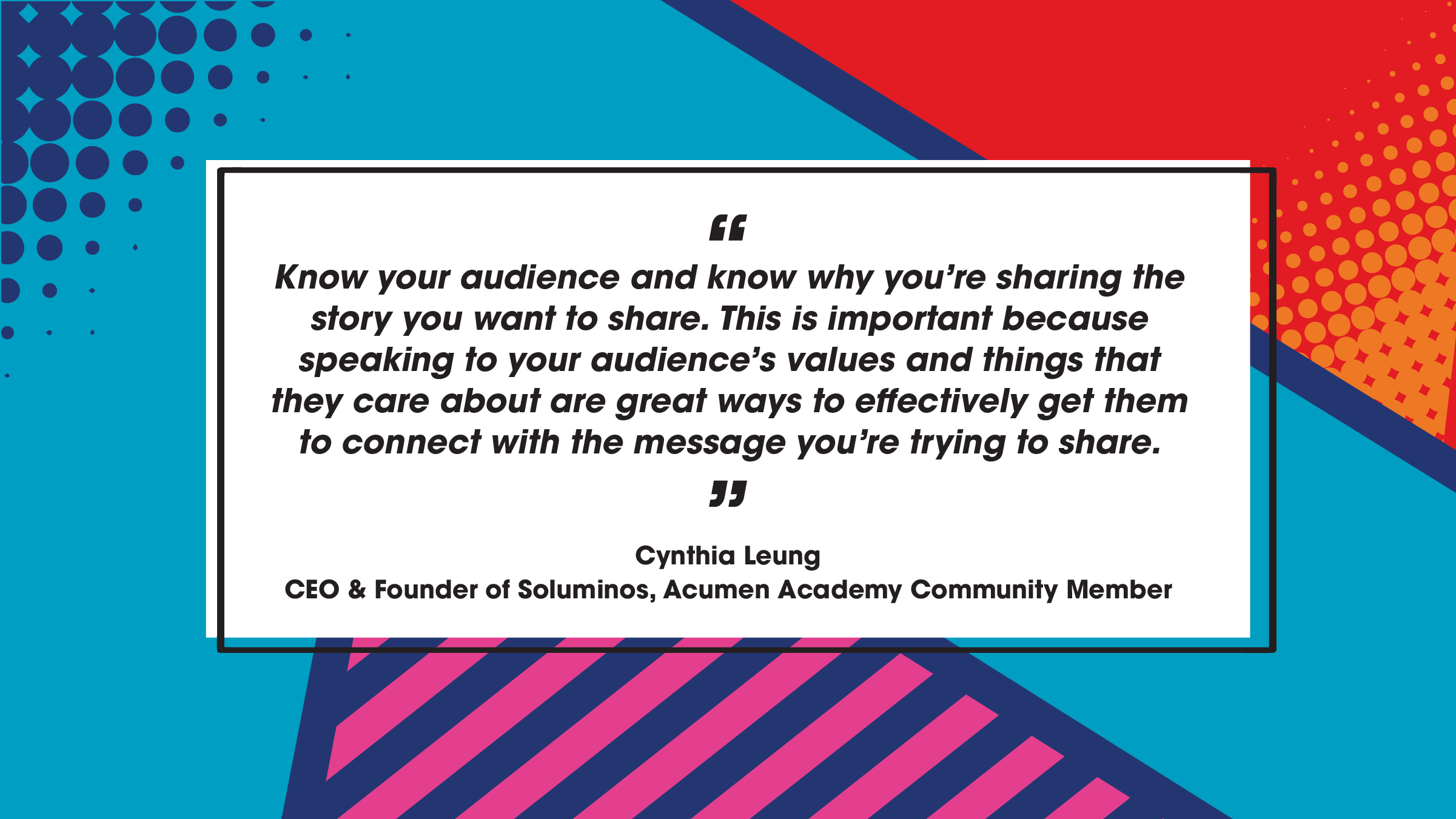
- What is the context in which my story will be received?
- Who will be my audience, and why are they there?
- What do they already know or believe about the topic? What else do they need to know, and why?
The social dilemma film example: Cater to each specific audience
- The Democracy Dilemma
- The Mental Health Dilemma
- The Discrimination Dilemma

Close
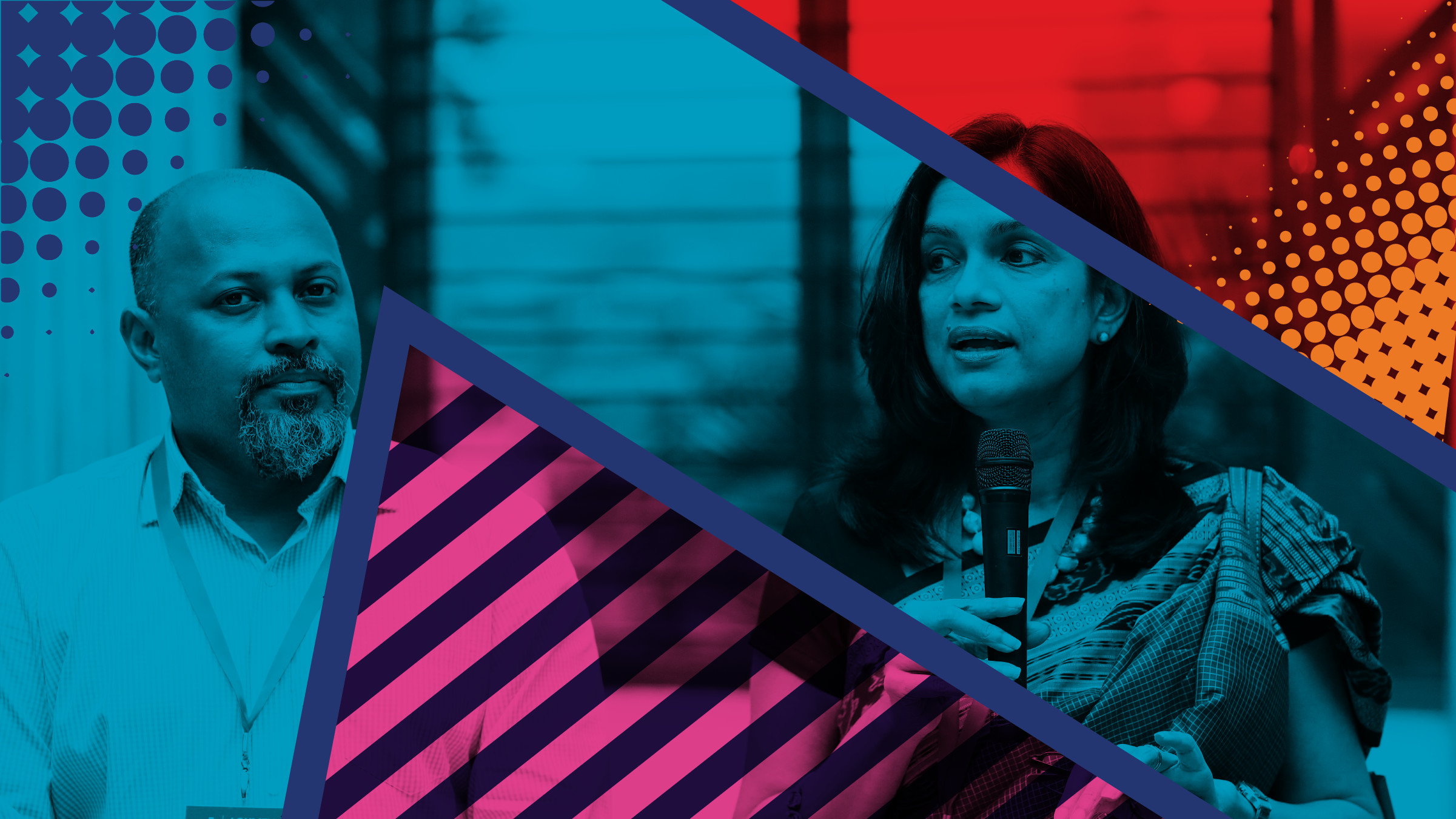
AMPLIFY IDEAS WITH THE POWER OF COMMUNITY
A great idea catches fire when it sparks the interest of a community. Sometimes, all it takes is one individual to kindle the first flame. When a community embraces a story as their own, they themselves can become the storytellers, helping stoke the fire that amplifies that shared idea.
Ayeleen Ajanee Saleh is the Director of Acumen Bangladesh and a member of our first Acumen Global Fellows cohort. Her longing for community was the catalyst that set her on the journey to launch Acumen Academy in Bangladesh.
“I believe that the ten years that I spent in Bangladesh…knowing the builders, the entrepreneurs, the change makers, the leaders…I just felt this sense that, ‘wouldn't it be amazing for some of them to have that kind of deep, deep experience that I had as a Fellow?’” She thought, “how transformative it would be not only for the individual, but for the organizations and their communities, and then eventually for the ecosystem.”
For Ayeleen, the challenging part was trying to explain the essence of the program. “Would people really understand?” she thought.
The Acumen Academy Bangladesh team decided to amplify community. They thought, “If this is what the Fellowship is about, then let’s bring them in to what the Fellowship does.” For Ayeleen, “it’s about reflection, it’s about introspection, it’s about holding tensions, it’s about having difficult conversations. So, what we do is we get a community of people together and we do just that.”
According to Ayeleen, “it’s really around those conversations that people get a sense of what the soul of the program is.” She says, “that community, that relationship, those bonds are quite strong.”
After the selection of the first cohort the team issued a press release. The press responded favorably, calling the Fellowship “prestigious,” “an honor,” and a “highly competitive process for change makers.” They profiled each Fellow to highlight the work they were doing for social change, and in some cases even followed up months later to report on how the journey was going. The Fellows themselves soon became the natural storytellers of the program.
“Media is looking for happy, good, exciting, refreshing stories. It shouldn’t always be about doom and gloom. And I have to say, the Fellows are a perfect example of that. With very limited resources, in very difficult areas, they're doing some amazing, super innovative work. So it was actually quite easy to kind of get the Fellows to be in the limelight.”
Ayeleen says the beauty in all of this is that we’ve “let the work speak for itself and we let the Fellows speak for themselves.” In this way, the Fellows are the gatekeepers of this community. They participate in the screening process to ensure the quality remains high and they commit to a diverse community by outreaching to individuals from different sectors “around agriculture, technology, startups, inclusion, and to make sure that those voices are also included.”
The Fellows are also “writing their stories, the concepts that they're learning” and as a result are truly amplifying the work and brand of the Fellowship. According to Ayeleen, “that's also been an amazing help to really move the needle forward for people to understand what Acumen does and for us to be able to have a brand that's unique for Acumen Academy Bangladesh.”
“If we don't share stories, what else is there?” Ayleen says, “I think in the space that we work, it's really about the human connections. And so it’s increasingly important to be able to not only share our success stories, but to also really be able to be the voice of the community that we're representing.”
Ayeleen was that first individual to kindle the flame for what has become a tight knit and passionate community. Her story, and the stories of the Acumen Fellows in Bangladesh, sparked an interest in the community to learn more about, and amplify ideas around, what it means to be an extended part of the Acumen Academy community.
Structure your story to spread
While the basic elements are always the same— beginning, middle, and end— a storyline about transformative change is one of the most meaningful ways to engage your listener. Stories that are most suspenseful and interesting are those that involve conflict, challenge, and the search for solutions. Would Superman movies be exciting without kryptonite?
Tools to structure your story
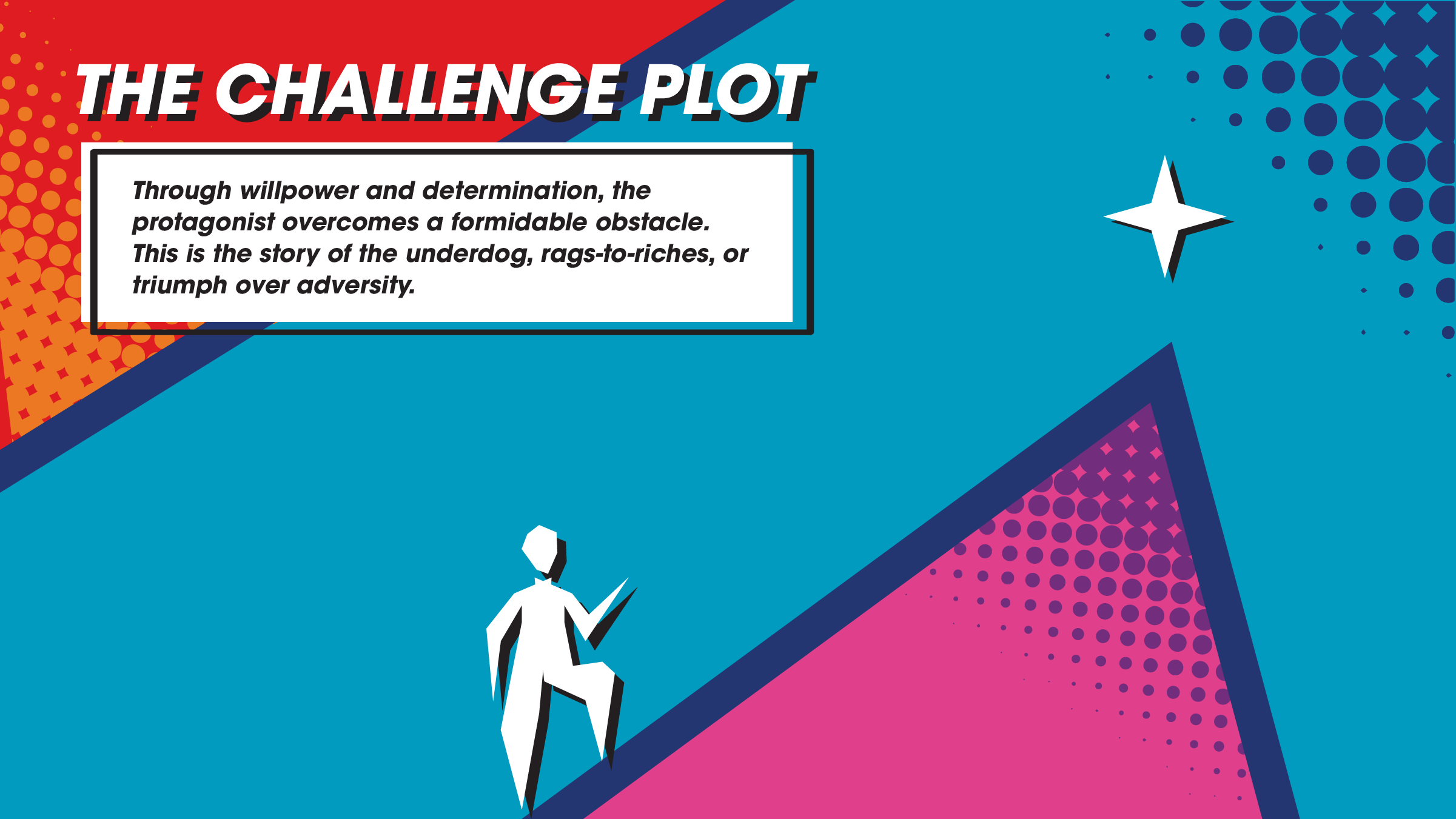
In the Challenge Plot, “a protagonist overcomes a formidable challenge and succeeds.” The variations of this plot are familiar to us as readers, “the underdog story, the rags-to-riches story, the triumph of sheer willpower over adversity.”
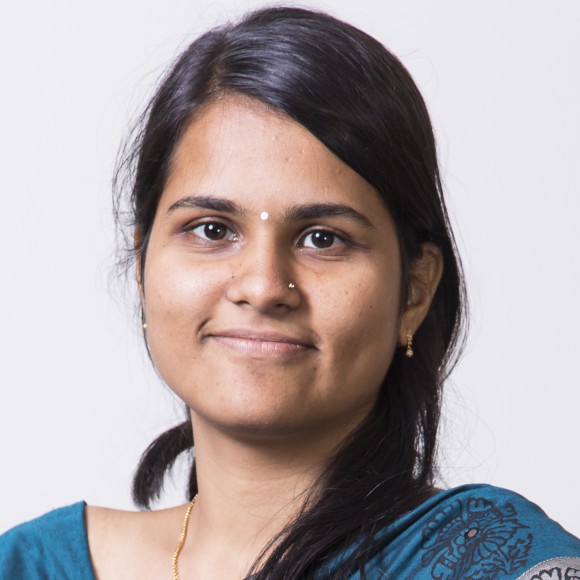
India Fellow
Ashweetha Shetty
Ashweetha is a 2015 India Fellow and is the Co-Founder of Bodhi Tree Foundation, a Tamil Nadu-based social venture that trains, supports and mentors rural college graduates so that they can access better career opportunities. Ashweetha previously worked as a Community Engagement Coordinator with SughaVazhvu Healthcare, which provides last-mile primary...
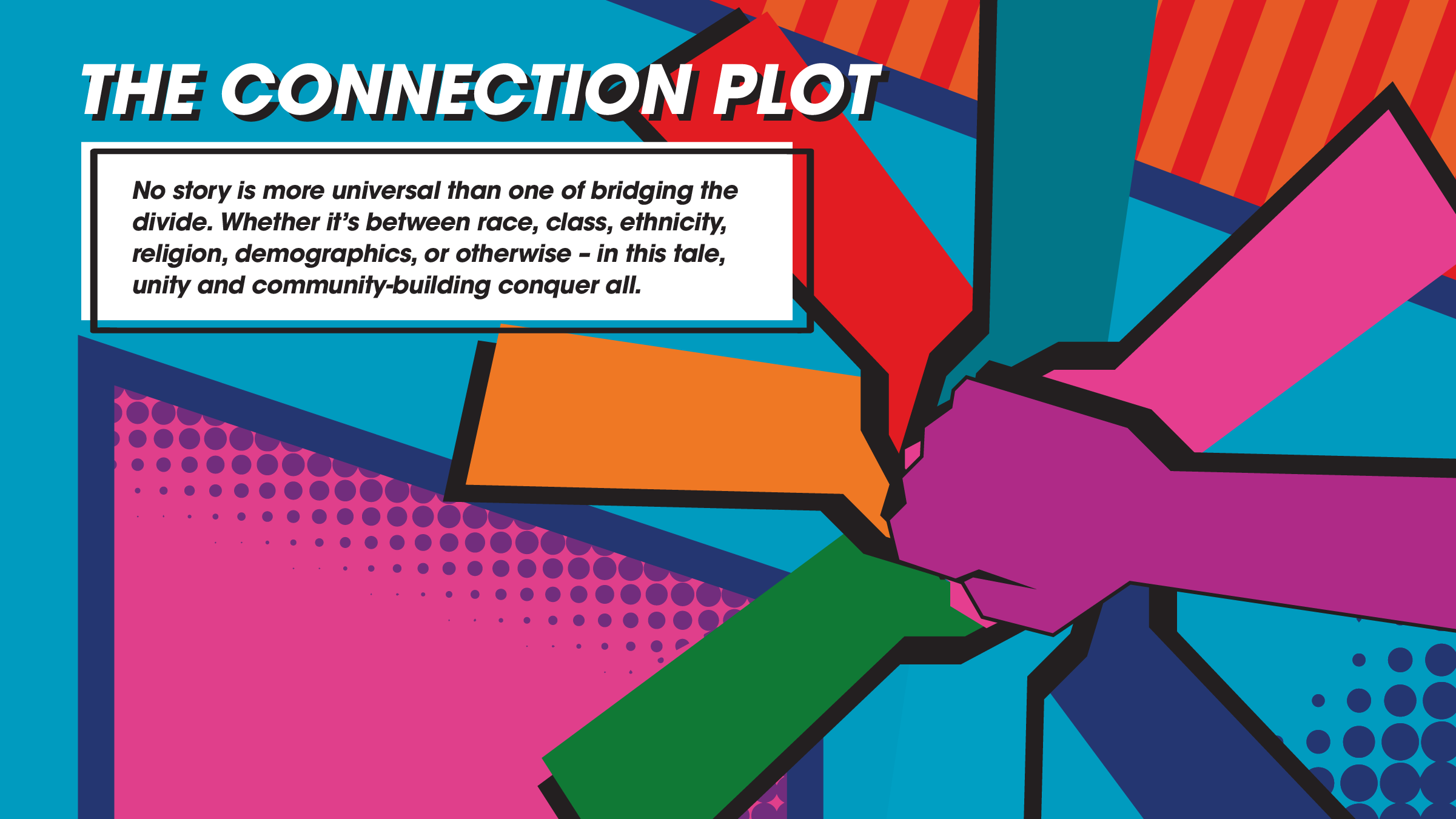
The Connection plot is “a story about people who develop a relationship that bridges a gap” – which can be “racial, class, ethnic, religious, demographic, or otherwise.”
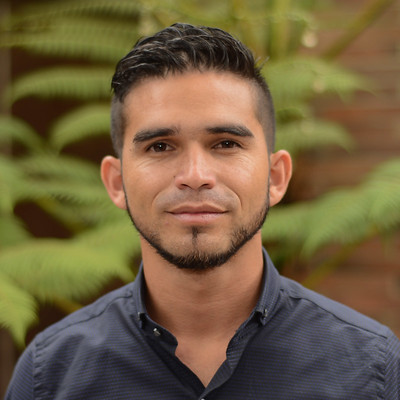
Colombia Fellow
Andres Felipe González Espinosa
Andrés Felipe founded the Collective prisioneros de Esperanza (Prisoners of Hope), an entity that exercises peaceful resistance to the dynamics of exclusion and marginalization through community leadership. He has demonstrated to the inhabitants of vulnerable sectors that a better world could be built if they begin to change their environment by ...

The Creativity plot highlights “someone making a mental breakthrough, solving a long-standing puzzle, or attacking a problem in an innovative way.”

East Africa Fellow
Suleiman Shifaw
Suleiman is the Owner and Creative Director of Impact Communication, an innovative communication company in Addis Ababa, Ethiopia. The company uses social and behaviour change communication to improve the lives of Ethiopians affected by poor hygiene, malnutrition and HIV/AIDS as well as other health and development related issues. Impact communication...
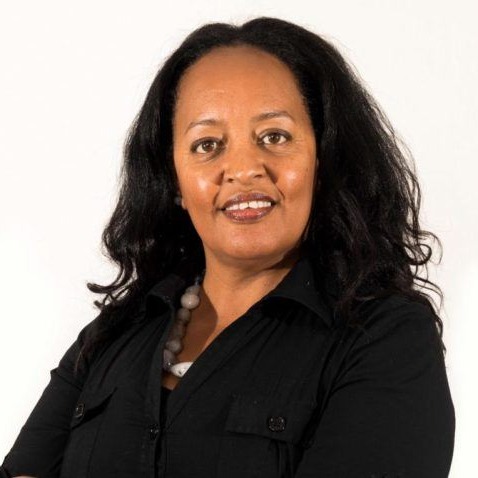
East Africa Fellow
Zahara Legesse Kauffman
Zahara is a psychotherapist devoted to improving the lives of women and children. She provides psychotherapy and training on trauma, child protection and domestic violence for governmental and nongovernmental institutions. She is a radio guest speaker on self-care, parenting and relationships and had a monthly column,"Ask Zahara,” in the magazine, ...
The social dilemma film example: Grow the movement

Close
Take the stage
Once you’ve landed on a storytelling structure that works for you and the type of story you want to tell, there are various ways to amplify your message.
You can continue refining your storytelling skills as a speaker, in your marketing and communications through brand storytelling, and while raising money to scale your social venture or nonprofit organization.
With public speaking
With brand storytelling

When fundraising
Embrace the Principles of Moral Leadership to Build a Better World
Receive 12 mini-lessons and accompaniment activities sent to your inbox.

Discover more
Sign up to our newsletter
I have read and accept the Terms & Privacy

